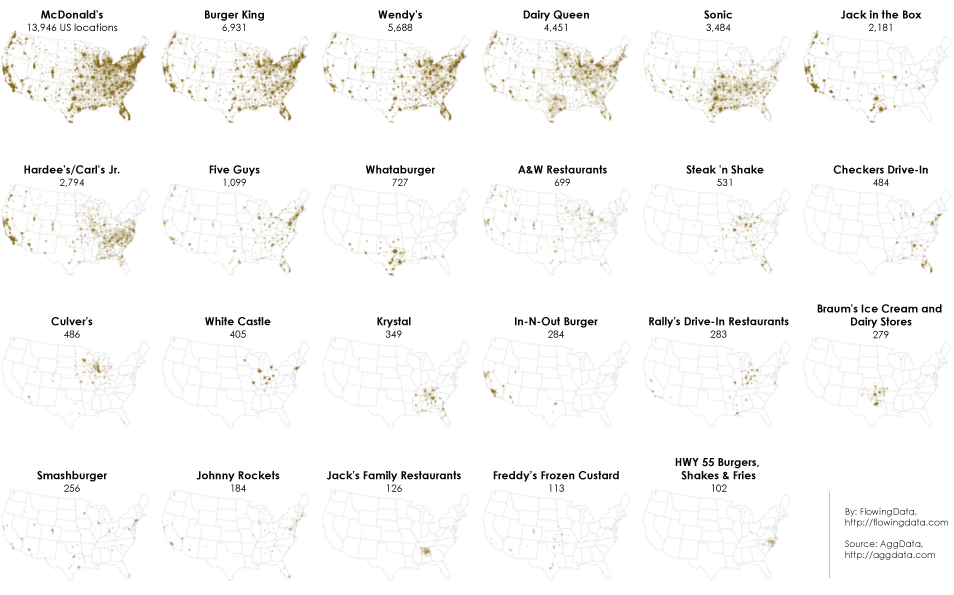Top Reasons the Walton Family and Walmart are NOT “Job Creators”
The six Waltons on the Forbes 400 list—Christy, Alice, Jim, Rob, Ann, and Nancy—are worth a combined $148.8 billion. According to the most recent data available, they have the same wealth as the bottom 42% of American families combined. Walmart associates, in comparison, have been risking arrest in their fight for $25,000 a year for full time work.
Some have responded to criticism of the Waltons by arguing that the family is helping to create much needed jobs. Sadly for U.S. workers and families, the facts just don’t support this statement. Here are the facts.
Fact: Walmart is a job killer.
- Walmart store openings destroy almost three local jobs for every two they createby reducing retail employment by an average of 2.7 percent in every county they enter.
- Walmart cost America an estimated 196,000 jobs – mainly manufacturing jobs – between 2001 and 2006 as a result of the company’s imports from China.
Fact: Walmart jobs are poverty jobs.
- Walmart workers average just $8.81 hour. This translates to annual pay of $15,576, based on Walmart’s definition of full-time. This is less than two-thirds of the poverty line for a family of four, and well below what most families actually need to get by.
- According to the company, most workers make less than $25,000 a year. In a September 2013 presentation, Walmart US CEO Bill Simon included the fact that out of all Walmart associates in the country, only 475,000 make more than $25,000 a year.
- Walmart pays less than other retail firms. A 2005 study found that Walmart workers earn an estimated 12.4% less than retail workers as a whole and 14.5% less than workers in large retail in general. A 2007 study which compared Walmart to other general merchandising employers found a wage gap of 17.4%.
- Last year, Walmart slashed already meager health benefits again, dropping health insurance for new hires working less than 30 hours a week and leaving more workers uninsured.
Fact: Taxpayers are paying the price for Walmart.
- Taxpayers subsidize Walmart’s low wages and poor benefits. Just one Walmart store costs taxpayers an estimated $1 million in public assistance usage by employees, according to a new report from the Democratic staff of the U.S. House Committee on Education and the Workforce.
- In many of the states across the country that release such information, Walmart is the employer with the largest number of employees and dependents using taxpayer-funded health insurance programs. A few examples:
- In Arizona, according to data released by the state in 2005, the company had more 2,700 employees on the state-funded plan.
- The company also topped the list in their home state of Arkansas, with nearly 4,000 employees forced onto the state’s plan according to data released by the state in 2005.
- In Massachusetts, in 2009, taxpayers paid $8.8 million for Walmart associates to use publicly subsidized healthcare services.
- Despite all the damage they have done to US workers and communities, a 2007 study found that, as of that date, Walmart had received more than $1.2 billion in tax breaks, free land, infrastructure assistance, low-cost financing and outright grants from state and local governments around the country. This number has surely increased as Walmart continues to receive additional subsidies.
- Meanwhile, the Waltons use special tax loopholes to avoid paying billions in taxes.According to a recent Bloomberg story, the Waltons are America’s biggest users of a particular type of charitable trust that actually allows the donor to pass money on to heirs after an extended period of time, without having to pay much-debated estate and inheritance taxes. According to Treasury Department estimates reported in Bloomberg, closing the two types of loopholes the Waltons appear to use would raise more than $20 billion over the next decade.
Sourced from walmart1percent.org
























Recent Comments